Professor V. S. Ramachandran's wonderful Reith Lectures – like his equally wonderful book Phantoms in the Brain, co-authored with Sandra Blakeslee – gave many telling examples, from clinical and experimental neuroscience, showing how the brain functions as a `committee' of multifarious parts. Then, in the final lecture broadcast on 30 April 2003, Ramachandran returned to the problem of why, despite that multifariousness, every normal human being seems to have a strong sense of his or her unique “self” – an entity, as he put it, that
1. has continuity in time,
2. has unity and coherence (not a committee but a single entity),
3. is (a) embodied, and (b), I would add, well-oriented in its surroundings (e.g., we are normally clear whether we are inside a room or on a mountaintop) and
4. is an agent with free will.
Ramachandran then pointed out that these properties of “self” are amenable to experimental investigation. Thus for instance property 3a, embodiment, can be switched off by stimulating an appropriate spot in the right parietal cortex, producing a classic “out of the body” experience.
He then mentioned different approaches to explaining these properties, and suggested that all we might need is an Einsteinian shift in perspective, in order to see a relatively simple answer `staring at us all along'.
Well, I would never dream of comparing myself with Einstein, but I did see what plainly seemed to be the required shift in perspective, some time ago. It was simple and it was staring at me, and I published it in 1997, in a little-known paper entitled Lucidity and Science, Part II: From acausality illusions and free will to final theories, mathematics, and music. The key idea is hardly new – going back at least to Kant – but its explanatory power still seems to me to be vastly underestimated. It strongly illuminates the classic issues about self, consciousness, and free will, and the more technical issues about such things as cross-modal perception (e.g. McGurk lip-reading effect). The shift in perspective comes simply from taking seriously the idea that perception works by model-fitting. The brain actively fits internal models to data from the outside world, as Gunnar Johansson's “walking lights” demonstration (courtesy James B. Maas) clearly suggests:
"Everyone with normal vision sees a person walking. This perceptual phenomenon is very robust; it is an easily repeatable experiment. Vision researchers discuss it under headings such as “structure from motion”. Active model-fitting, unconscious of course, seems to me to be the only way to make sense of how a mere twelve moving dots in two dimensions, twelve dots moving on your retina, give rise to the percept of a nontrivial three-dimensional structure. Quite specific unconscious assumptions are involved, such as piecewise rigidity, defining the internal geometrical model that mediates your percept of a person walking. A model, however encoded, is a partial and approximate representation of reality, an entity fundamental to how perception works and, incidentally, fundamental to how science works too."
How, then, does all this bear on the problem of self? In Lucidity and Science, Part II (page 292), I present an answer that is close to that suggested by Professor Ramachandran, but not quite the same, because I think we are talking about something that is evolutionarily far more ancient.
But, first, a preliminary point needs to be made about our subjective sense of time. Just as there are perceptual illusions about spatial relations – an inevitable aspect of the internal model-fitting process – there are “acausality illusions” about temporal relations. Effects may seem to precede causes, usually by a modest fraction of a second. The experimental phenomena are clear-cut and easily verifiable. There is no mystery if you recognise that “time”, as experienced subjectively, must be a property of an internal model. It is therefore not the same thing as physical time, and it therefore need not respect causality in the usual sense of physics.
Music is “the art that is made out of time”, as Ursula le Guin once put it; and the existence of acausality illusions becomes especially clear to anyone who looks closely at how music works. For instance, perceived harmony changes can precede the arrival of the acoustic data defining them, as these examples from Mozart show.
The biological need to grasp space and time together includes the need to coordinate internal decisions with external events. So, again not surprisingly, there is a second kind of acausality illusion, which concerns the perceived time of taking a decision to act. This point has been overlooked in some of the debates about consciousness and free will.
In his Reith lectures, Ramachandran described several notable example. But perhaps the most striking, with the clearest experimental evidence, is the acausality illusion evoked in the slide-projector experiment of Grey Walter. This was first described in 1963 in an unpublished report. Neurosurgical patients were invited to entertain themselves to a slide show by pressing a button to advance the slide projector, at times of their choosing. But the projector was wired not to the button but directly to a certain part of the patient's motor cortex; and the subjective effect – startling and disconcerting to the patients, who must have wondered whether they were going crazy – was that the projector seemed to behave acausally, to anticipate their decisions. The projector seemed to advance itself just before they decided or, rather, perceived themselves as deciding, to press the button.
This too is easily accommodated by the model-fitting hypothesis, which says that perceived times, including perceived times of taking decisions, and perceived times of pressing buttons, are properties of the brain's internal models rather than the physical times of any associated cortical activity. It also underlines the point about free will. The existence of acausality illusions implies that questions about the perceived times of decisions are entirely separate from questions about whether the decisions were taken freely or not. There was no reason, in this experiment, to doubt the patients' freedom to decide to press the button, where freedom is understood in the ordinary, everyday sense related to personal responsibility. The experiments add to our knowledge about perceived times and acausality illusions, but say nothing at all about personal freedom of choice, and personal responsibility for our actions. They do not say, in other words, that free will is illusory. What is illusory is the perceived time of willing the action.
In principle, the experiment could be repeated with a gun instead of a slide projector. The point is that questions about whether the patient intended to murder someone are separate from – are nothing to do with – questions about the precise timing of the murder, about whether the bullet struck the victim a fraction of a second earlier than intended.
The model-fitting hypothesis says that the conscious self, the perceived self that I experience as having intentionality, as being free to make choices, as planning things and taking decisions, must, like any other percept, arise from an internal model: the single internal model that my brain fits to my real, biologically diverse, multi-component, multifariously subtle self.
As Jack Cohen and Ian Stewart have aptly put it, the brain viewed from outside looks more like a committee, composed of different parts that evolved at different times for different purposes, echoed in common experience: “something tells me that....”, “my head says one thing but my heart another”, and so on. Yet “I am utterly convinced that there is only one me... not some kind of committee”. The model-fitting hypothesis makes sense of this paradox: the brain has multifarious parts, but only one self-model.
However diverse our internal make-up may be, in order to survive we need, continually, to make sense of our surroundings and our own location and orientation in those surroundings. So the repertoire of internal models and sub-models that are used to construct the perceived world, with its stationary and moving objects, has to include a self-model. Simultaneously with other models, this has to be fitted to the incoming sensory data including, now, internal data from one's own body, such as proprioceptive data about limb positions.
The end result is a single spatio-temporal model of oneself in one's surroundings. If this model-fitting process fails, one may become “disoriented”. Because of the need to coordinate internal decisions with external events in fast-moving situations, the model property called perceived time must be a single property, defined consistently, of the entire model of oneself in one's surroundings. It is this single model property that represents not only the “when” of when a ball is hit, or a piano key struck, but also the “when” of taking decisions or initiating action. Because cortical processing is necessary to arrive at even a snap decision, the perceived “when” of such a decision must, inevitably, be preceded by cortical activity, such as that causing Grey Walter's slide projector to advance.
So this model-fitting hypothesis predicts that perceived times of internal decisions must be later than, and perceived times of outside-world events earlier than, at least some of the associated physical events in the nervous system. Only thus can the brain, with its finite rate of information processing, typically taking hundreds of milliseconds, consistently represent both sets of times in its internal model of the self in its surroundings at the far finer, millisecond, accuracies needed for survival.
From this viewpoint, Ramachandran's properties 1-3 above (continuity, unity, embodiment) are just what one would expect: consequence of the properties the internal models must have if they are to promote survival, e.g., coherence and self-consistency. Likewise, property 4: free will and intentionality are also properties of the self-model.
Neuroscience vs Free Will
Study perception to reveal insights into free will
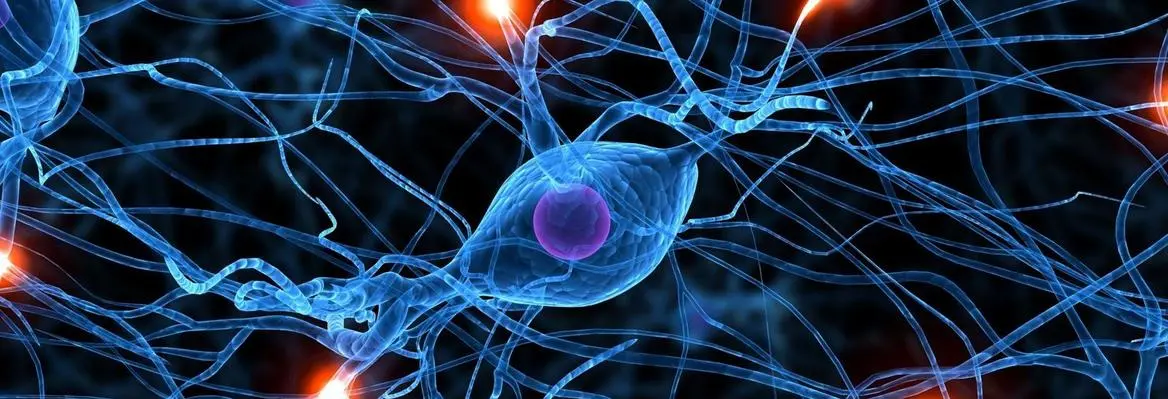
5th December 2013
Want to continue reading?
Get unlimited access to insights from the world's leading thinkers.
Browse our subscription plans and subscribe to read more.
Already a subscriber? Log in
Latest Releases












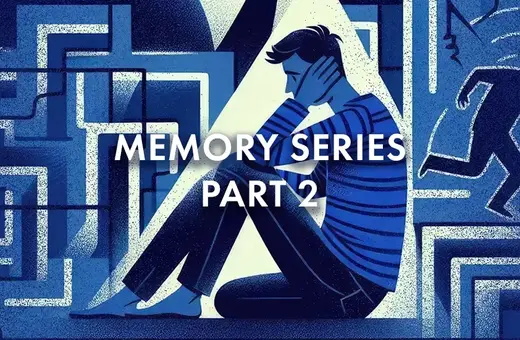
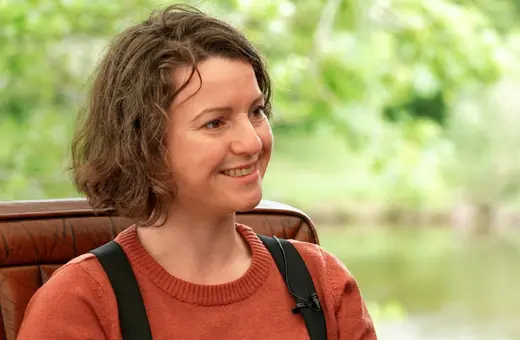

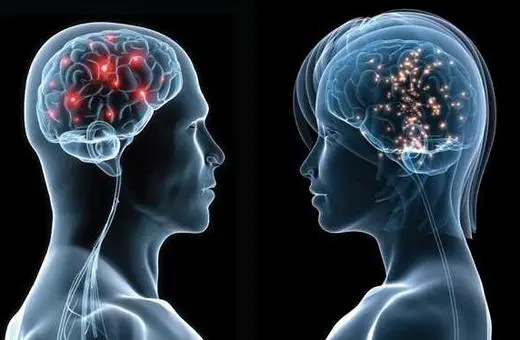
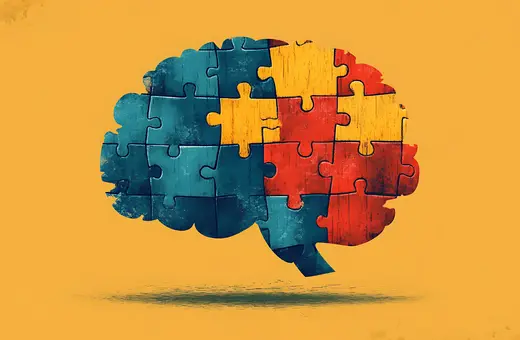
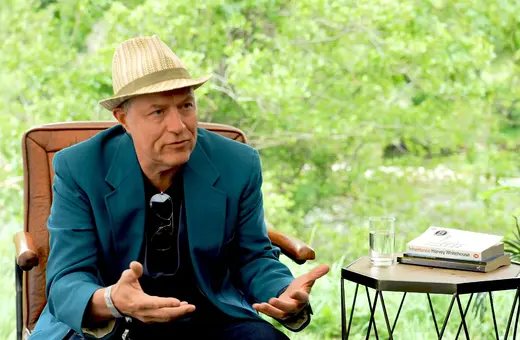
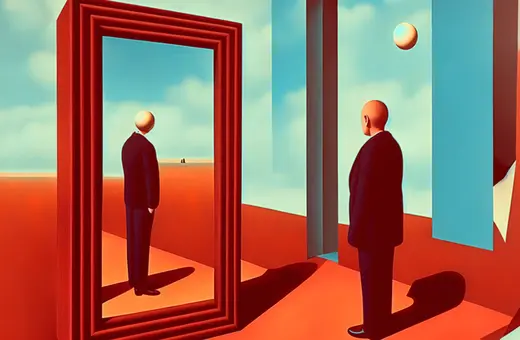

Join the conversation